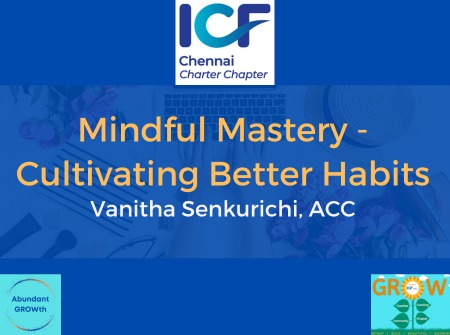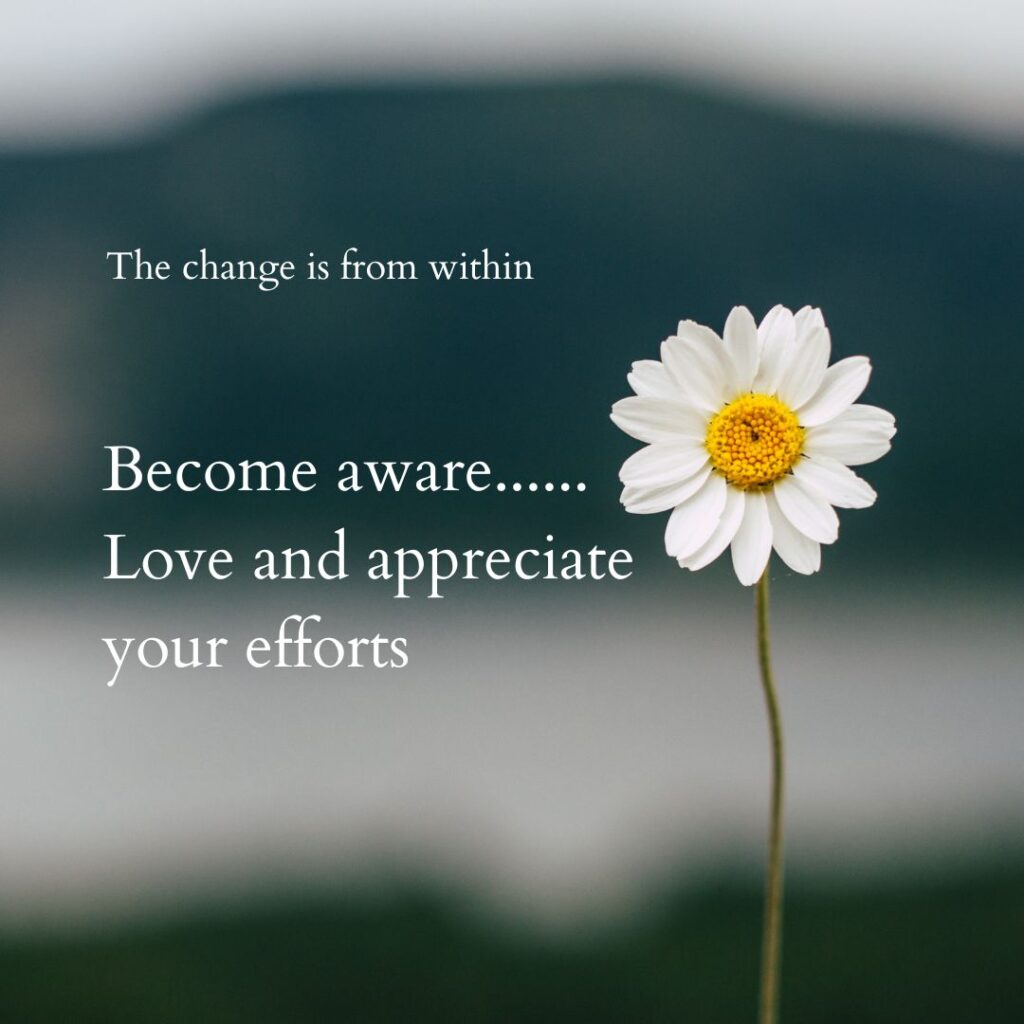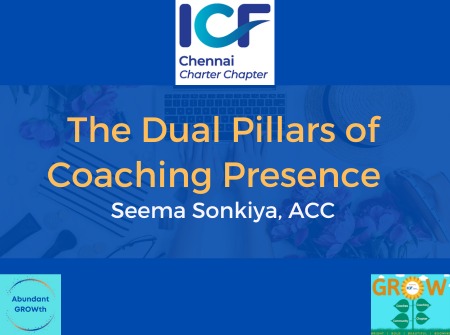Only few years back did I learn that there are Coaches who don’t wear track suits and carry whistles and stopwatches. But two decades ago, I had the privilege of working closely with a mentor, who was also my lead and friend. He had a unique style of ‘leading with a Coaching mindset’. Reflecting upon his style, what stands out is the ‘Listening style’.
Listening with an intent to understand wholly, a demonstration of empathy, a strong desire for wanting to learn and understand my thought process, feeling, emotions, aspirations, apprehensions.
As a client, I have always felt him to be nonjudgmental, not hurrying to conclusions, clearly demonstrating an open intent and an open will to know me and embrace me as a whole. His reactions, emotions, energy levels completely in sync with me as he listens deeply and resonates effortlessly.
His ego state which is an embodiment of his status, relative position, knowledge, behavior, mindset, mood having completely blurred, he had left the space open for mine to emerge slowly, expand, elevate and evolve.
What I felt he wanted to hear from me were
- My strengths and how I plan on using them to maximize my potential
- My apprehensions, roadblocks that I perceive and why I fear them
- how I feel about feeling stuck, lack of clarity and the progressively expanding voice of my innate urge to find a solution
- How would I celebrate my success if I had figured out a way to set a high goal for myself and achieved it
His short worded, powerful, well-placed questions continued to generate an urge in me to think deeply, structure well and respond, for he is genuinely listening. He continued to demonstrate that he has high hopes on my potential and abilities.
Some questions were like a rear-view mirror, referring back to past situations and instances but with an intent to steer forward.
- ‘During your first tandem skydive few years back, can you talk about the exact moment of jump, when you were just leaving the safety of the glider? ‘
- ‘What was your 30-60-90-day plan when you joined the other organization taking up a very difficult engagement invigorated to prove a point?’
- ‘Last year when you did a turnaround of an almost failed Legacy modernization program how did you visualize the plan of approach even before your got onboard, can you walk through?’
- ‘When Raghav was going through a crisis in career coupled with a family situation, he did tell me you helped him. Can you talk through on how you planned to help him wade through?’
While he unassumingly asks questions placing me in the pedestal and empathetically listening, I ended up listening to myself of my own strengths, abilities, and keys to deadlocks.
But how and why did I open up with ease even when I might have been under duress due to certain challenges and impasse?
It was all about Charismatic listening!!!
In addition to empathy, powerful questions, client centricity and growth mindset, the unquestionable passion, charisma which the leader exuded, made one want to think more, talk more. Discover the best side of oneself, identify the key to unravel their true potential. All driven by a positive urge to discover and present the best version of oneself, for there is someone charismatically listening.

As a Coach, how can I improve my listening skills and be a charismatic listener –
Active listening: Deep listening with no interruptions, clear observations and absorption of words, feelings, emotions with empathy.
Demonstration of Trust and open will: Taking time in pre-establishing Trust with the client is of paramount importance. Clearly demonstrating an open will in understanding and embracing the client as they are and an unquestionable commitment in client’s holistic development.
Non-verbal cues: A friendly, passionate approach with a smile always works wonders. Appropriate gestures including eye contact, good open body language, variations in tone and pace. While demonstrating verbal, non-verbal cues, genuineness, sensibility and authenticity holds key.
Cultivate curiosity: Genuine interest in knowing more about the client’s thoughts, feeling, experience, taking addition cue from certain keywords, emotions and what is even left half said.
Strengths based approach and positive reinforcement: Unquestionable confidence in the client’s abilities and strengths and that they can chart a path of self efficacy through effective coaching.
“Charisma is not just about being charming or magnetic; it is about genuinely caring for others and making them feel important “
You can connect with Krishnaswamy S Click Here





